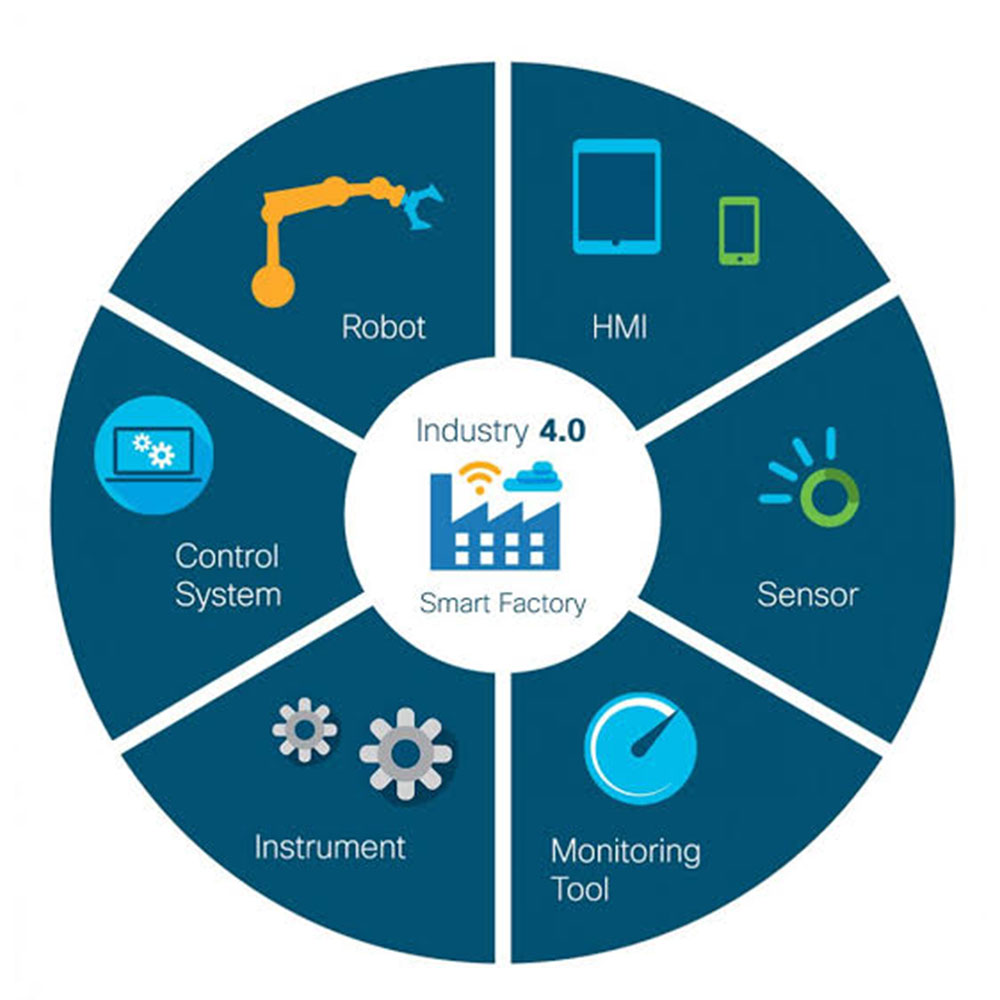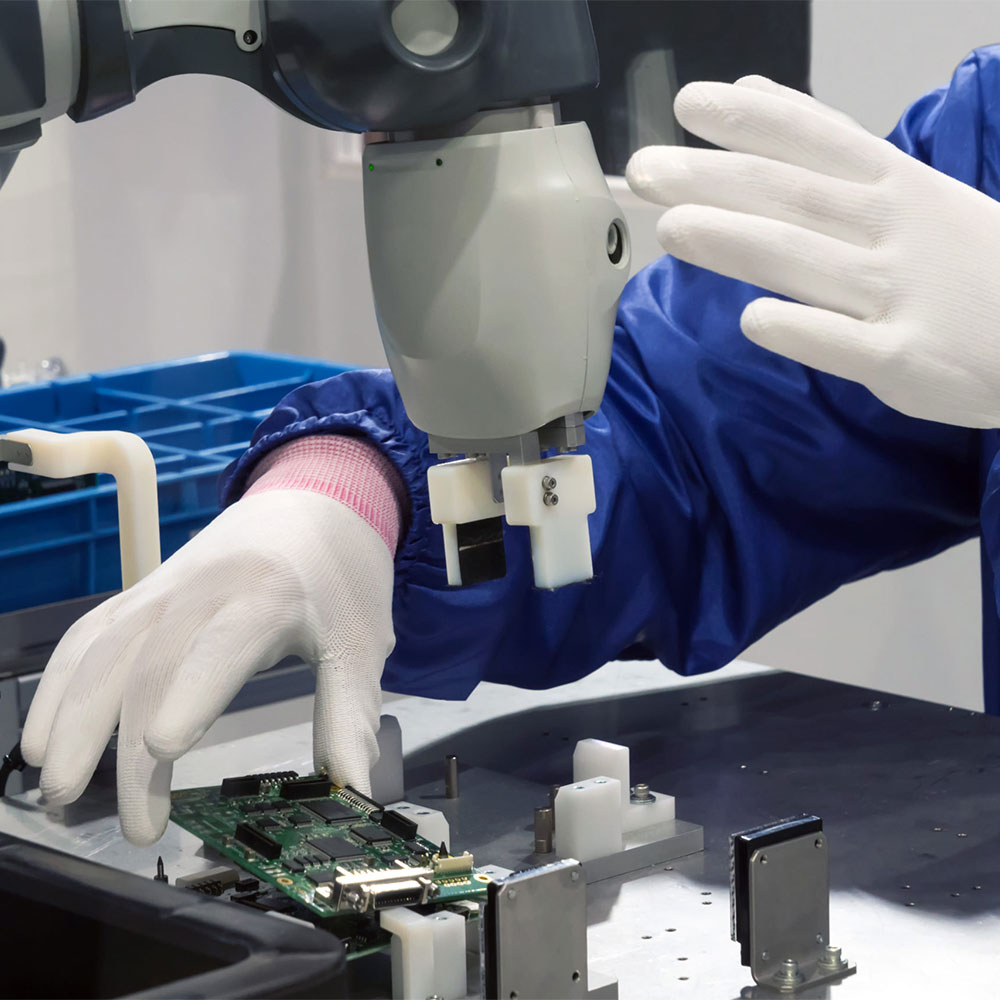Farming techniques for the urban farmer
Overview
Freshly produced, locally grown food is now becoming a mainstream trend, as an increasing number of people are seeking for organically grown, chemical-free options. In the face of rising demands, we require modern farming solutions such as urban farming in protected environments for creating a sustainable agricultural system.
On average, your food travels up to 1500 miles from the farm to your plate. This generated large amounts of greenhouse gas emissions. All modes of transport and storage; be it by plane from another country or state or by truck consume fuel which contributes to one-third of global CO2 emissions. The nutrition of food also deteriorates with time which is another factor other than the economic and environmental costs. Eating fresh food within a few days of harvesting is healthier for you.

Vertical farming

Vertical farming is the practice of growing plants in vertically stacked layers employing soil-less farming techniques. It is usually done in a regulated environment. The main advantages of vertical farming are the increased crop yield due to vertical stacking, less consumption of water, resistance to harsh weather disruptions in the case of indoor farming and the ability to cultivate multiple crops at once.
Hydroponics

Greenhouses

Development with sustainability
Liked this article? Share it on:
Featured insights and blogs

The secret to cultivating operational excellence
A big focus area across industries is continuous improvement. Companies are under extreme pressure to perform but operational complexities hinder from realising intended outcome.

What makes a factory smart
The digital factory of the coming years will be a breathtaking example of innovation and technological expertise.

6 key benefits of industry 4.0
The face of the food industry in the era of IoT, cloud computing, cognitive computing and virtual reality is changing the way raw materials are procured, food is packaged, packets are packed and items are sold.

Meet the cobots
the use of collaborative robots (cobots), which are designed to work alongside people, in the manufacturing, warehousing, logistics and healthcare sector, is expected to grow at astonishing rates in the next few years.
Our experts are always available to answer all your questions. Feel free to write to us and get your queries answered.
About Labh Group
Labh Group is a leading engineering, technology, consulting and manufacturing conglomerate, working closely with diversified industries spanning across food processing, agriculture, plastics, chemicals, healthcare, packaging and other industries and business sectors offering complete turn-key solutions including advanced engineering, Industry 4.0 solutions, expert technical and management consultancy and Digital Transformation. From the most demanding to the most distant customers across the globe, we empower them for rewriting their future with our depths of knowledge, unique ideas, technical expertise, creative solutions and enduring results, all at the most optimal costs, right at their doorsteps!
- Popular Tags :
- PSA Medical Oxygen generation Plant
- Industry 4.0 solutions
- LaBot - Labh Robot
- LaDro - Labh Drones
- Project consultancy
- LabhERP
- Technical Consultancy
- Big data solutions
- Labh SmallStart
- Labh InstaStart
- Global presence
- Advantage Labh Group
- Next-gen turn-key solutions
- Labh Mantra
- Life @ Labh Group
- Women empowerment @ Labh Group





